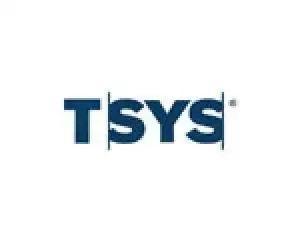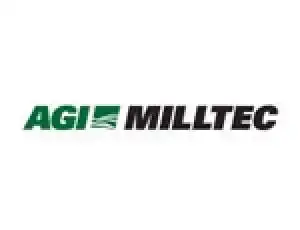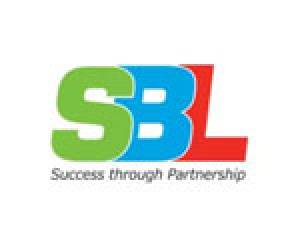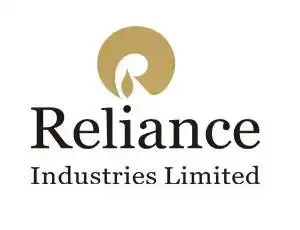
Get a Quote
Get a Quote and Find Services to Fit Your Needs 50000+ Satisfied Clients
5000+ Licenses & Registration
15 Branches across India
75 Years + Combined experience
Satisfied Clients
Services
Years Combined Experience
Get Started!

























The Insolvency and Bankruptcy Code was introduced in 2016. Under section 8 of this code, the Debtor can repay the debts before filing the petition to initiate the insolvency resolution. This is done by filing a demand notice under section 8 of IBC code 2016.
Under section 8 of IBC, the Creditor sends the Debtor a section 8 demand notice as per the format, along with the invoice of unpaid financial/operational debts. The Debtor has to respond to the demand notice within 10 days of receiving it. If the Debtor does not respond to the Notice within 10 days or the demand is unsatisfactory, the petition of Insolvency resolution can be filed.
One of the major advantages of Section 8 Demand Notice is that it can lead to debt repayment. This happens because Insolvency Resolution proceedings can be lengthy affairs. Therefore, debtors often try to prevent it, making the Notice quite beneficial for the Creditor.
The demand notice under IBC has a specific format that requires the Creditor to fill it with absolutely correct information. This is where the industry experts of Registrationwala can help you. Registrationwala is a team of Insolvency experts that can help you draft the correct Notice by following the correct section 8 demand notice format. Our legal team ensures that every detail of the Demand notice is without issues.
Per Section 8 of the Insolvency and Bankruptcy Code or the IBC, operational creditors claiming against a corporate debtor can file a demand draft notice to pay an outstanding debt. The pre-conditions to file a Demand Notice under Section 8 as per the format by an operational creditor are the following:
1. The Operational Creditor must have provided Goods/Services to the Debtor in the course of business or profession.
2. The debt owed by the Corporate Debtor must arise out of goods or services provided by the Operational Creditor
3. The debt owed by the Corporate Debtor must be due and payable in all respects
4. The debt owed by the Corporate Debtor must exceed the minimum threshold amount, which is usually INR 1 lakh. This amount is as per the current cutoff date of September 2021
Suppose the Creditor meets the above criteria. In that case, they can file a demand notice under Section 8 of the IBC as per the format against the Debtor to pay the outstanding debt. But they must note that the demand notice must be in the IBC format. It must also include the details of the outstanding debt, including the amount as well as the date to become due and payable.
To file a demand notice under Section 8 of the IBC as per the Insolvency and Bankruptcy Code of India in the prescribed format, the following documents must be attached to the application:
Note: The documents required for filing a demand notice under Section 8 as per the IBC format may vary depending on the claim's nature and complexity. Therefore, we advise you to consult with an Insolvency Practitioner to ensure that the necessary documents and evidence are included in the Notice to avoid rejection by the National Company Law Tribunal (NCLT).
Section 8 of the Insolvency and Bankruptcy Code provides a mechanism for Creditors to file a demand notice against a Debtor who defaults on his payment obligations. Let us look at them one by one.
Drafting the Demand Notice
The demand notice must be in writing and delivered to the Debtor by any of the following means:
The demand notice must include the amount and date it became due and payable.
Notice Issue and Response of the Corporate Debtor
Upon receipt of the demand draft notice, the Debtor can respond in 10 days to the Operational Creditor by paying or, in other cases, disputing the debt. If the Debtor fails to respond within the stipulated time, the Creditor can initiate insolvency proceedings against the Debtor as per the proceeding sections of the IBC.
Initiating Insolvency Proceedings in case of Debtor fails to repay
To initiate insolvency proceedings, the Creditor must apply for the CIRP or the Corporate Insolvency Resolution Process with the National Company Law Tribunal. He must submit the demand notice with other relevant documents.
NCLT Examination for Initiating CIRP
The NCLT will examine the Notice application and decide whether to admit the application and initiate the CIRP.
Note: Filing a demand notice is crucial in initiating insolvency proceedings as per Section 8 of the IBC. Therefore, every Creditor must ensure that the drafted demand notice is accurate, including all the necessary details to avoid any refusal or rejection by the National Company Law Tribunal.
The Legal Experts at Registrationwala can draft the Demand Notice as per Section 8 of the IBC code for the Corporate Debtor in minimum time and under budget. The legal procedures are monstrous for novices. As for every legal procedure, drafting the demand notice comes with its share of ifs and buts. For such purposes, you need the aid of seasoned professionals who can provide such best-in-class services. The Legal Team at Registrationwala can do the job for you. Our notice design is strict as per the prescriptions of the latest IBC regulations.
To start with your demand draft notice per IBC Section 8, connect with the Legal Experts at Registrationwala.
Q. Does a Section 8 Demand Notice come with its expiry?
A. Yes, every Demand Notice will expire within 10 days of issue. Post-expiry, the Debtor can begin insolvency proceedings against the plaintiff.
Q. What are some examples of the Section 8 Demand Notice in India?
A. The case of Shailendra Sharma vs. Ercon Composites & Ors of January 2021 is one of the classic examples of the Demand Notice issued under section 8 of the IBC.
Q. What are the requirements to file a demand notice as per Section 8 of the IBC?
A. The required documents for applying for a draft demand notice are as follows:

★ ★ ★ ★ ★
I very much appreciate the fact that you guys possess tremendous knowhow of private limited company incorporation. You have exhibited professional and respectful manner towards my query and I would seriously recommend you guys to all the folks looking for outstanding business services.

★ ★ ★ ★ ★
Thanks to their support, I got my trademark successfully. I highly recommend their services for anyone needing help with their intellectual property. The person assigned to me was very cooperative and helpful.

★ ★ ★ ★ ★
Thanks to their support ragistrationwala team, I got my IP-1 license successfully and special thanks to Miss.Kanishka for your great and timing support !!!!!! I have archived my goal one step forward... Thanks for the entire team....

★ ★ ★ ★ ★
Really helped a lot in getting my both VNO licenses. Great experience working with the team and very humble team, thanks for providing the vno license on time.

★ ★ ★ ★ ★
I had a good time working with Registrationwala. Good team. I would recommend their services to others.

★ ★ ★ ★ ★
It was extremely great service of Registrationwala consulting firm, and this firm is providing the best services and worry about the client's required services along the client's satisfaction.

★ ★ ★ ★ ★
Superb Experince! Within no time the trademark registration was on.Highly professional team. I am very much Impressed with the prompt response and efficiency.Thank you.

★ ★ ★ ★ ★
We had taken ISP license from registration wala and the supporting person is very helpful to taken that license his communication and his work is satisfactory and thanks for those services

★ ★ ★ ★ ★
I sincerely appreciate your prompt support in helping me get the access license so quickly. Your professionalism and efficiency are truly commendable. Thank you for going above and beyond to assist me. Keep up the great work!